Filipino Americans are the second-largest Asian American group in the nation and the third-largest ethnic group in California, after Latinas/os and African Americans. The celebration of Filipino American History Month in October commemorates the first recorded presence of Filipinos in the continental United States, which occurred on October 18, 1587, when “Luzones Indios” came ashore from the Spanish galleon Nuestra Senora de Esperanza and landed at what is now Morro Bay, California. In 2009, U.S. Congress recognized October as Filipino American History Month in the United States. Various states, counties, and cities in the U.S. have established proclamations and resolutions declaring observance of Filipino American History Month. The late Dr. Fred Cordova, along with his wife, FANHS Founder Dr. Dorothy Laigo Cordova, first introduced October as Filipino American History Month in 1992 with a resolution from the FANHS National Board of Trustees.
Across the nation, FANHS Chapters, colleges and universities, museums, and community groups will be commemorating Filipino American History Month with various activities and events to bring awareness of the significant role Filipinos have played in American history.
October 1992 was the first time that Filipino American History Month (FAHM) was celebrated in the United States – a year after FANHS passed a proclamation (spearheaded by Fred Cordova). Since then, FAHM has been celebrated annually all over the country – with initiatives by FANHS chapters, local community nonprofit groups, government organizations, and college student organizations. In 2009, U.S. Congress declared October as FAHM, and in 2015, President Obama celebrated the first FAHM at the White House.
Possible activities to participate in:
- Read Filipino American Studies books of the past and present. For example, 2022 marks the 25th anniversary of the edited text Filipino Americans: Transformation and Identity, (edited by Maria P. P. Root) – regarded as a foundational comprehensive text in Filipino American Studies.
- Support arts and media that advance Filipino American Studies, such as Lumpia with a Vengeance (film) or Larry: The Musical (theater).
- Learn about the history of the Luzones Indios who first set foot in California on October 18, 1587 (435 years ago), as well as the historical oppression and resilience of Indigenous Peoples from the Philippines in both the motherland and in the United States.
- Conduct and share oral histories that highlight regional experiences of Filipino American history. For example, our newer FANHS chapters in Ohio and Georgia have uncovered untold stories of migrants, pensionados, and laborers in their states.
- Curate a panel of Filipino American artists to describe their contributions to the arts (e.g., music, dance, theater, hip hop).
Given the push for a more formalized Filipino American curriculum in higher education and K-12 schools – as well as the public critique on Ethnic Studies and Critical Race Theory – the month could be used to reflect on historical context while also inspiring advocacy for Filipino American Studies courses and programs, as well as for more initiatives focusing on the preservation and dissemination of Filipino American history. For instance, in 2019, the Bulosan Center for Filipinx Studies was launched at UC Davis, and in 2020, a new minor in Pilipino Studies was established at UCLA. More recently, the youth-led Filipino Curriculum Project in Hawai’i lobbied for their state legislators to pass a resolution to implement an elective social studies course on Filipino Americans, while organizers in Seattle successfully lobbied for the development of FAS curricula in K-12 schools. We hope that talking about the many ways that Filipino Americans have advocated for the telling of our histories – through classroom curriculum, FANHS conferences and workshops, or FAHM celebrations – will encourage future generations to be active in teaching and instituting Filipino American history too.
We also recognize the many ways that Filipino Americans have created spaces and programs to better enhance our communities – hence maintaining long-lasting legacies for future generations. For example, 2022 marked the 60th anniversary of the first Tagalog course taught at the University of Hawai’i and the 50th anniversary of SIPA (Search to Involve Pilipino Americans) – the oldest existing nonprofit organization serving Filipino Americans in Los Angeles. Both set precedents for establishing similar programs or organizations across the country. In acknowledging the many legacies created by Filipino Americans across the United States, we encourage our community members to brainstorm ways to create a more sustainable impact for future generations of Filipino American communities too.
